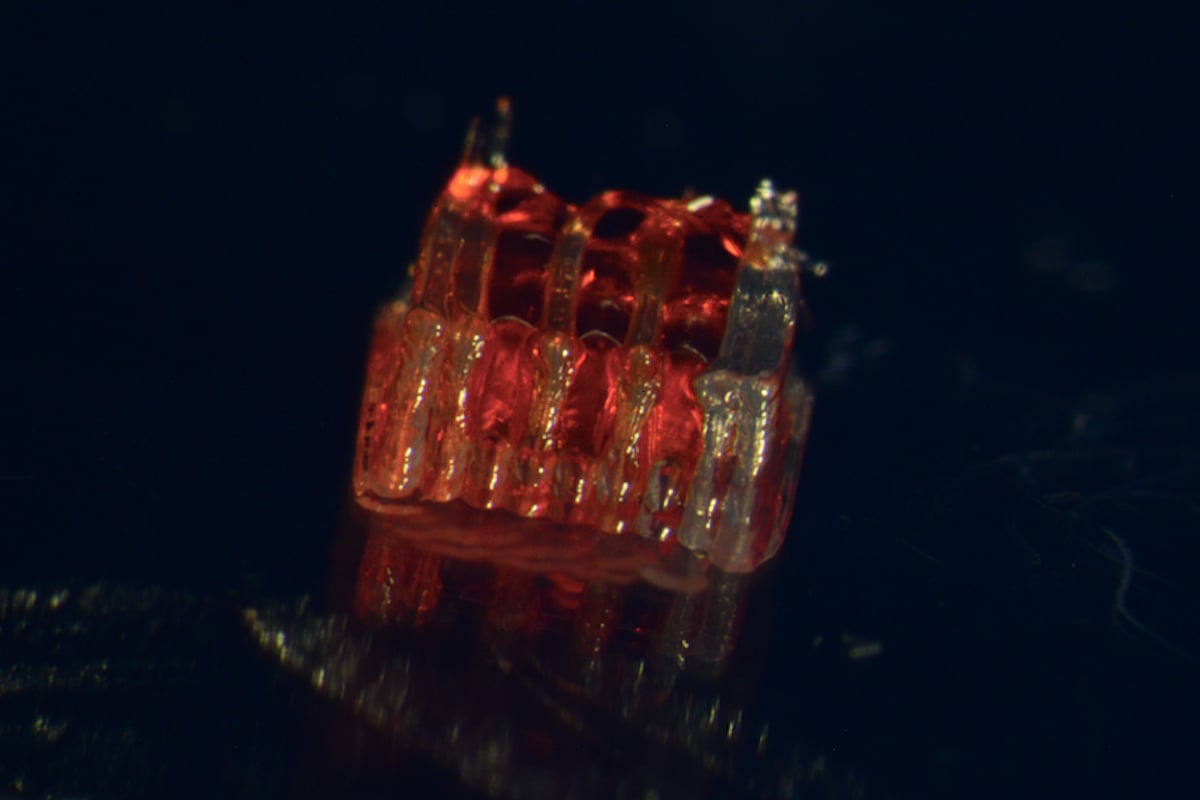Recursos del Paciente
Manténgase sano!
3D Printing Offering Hope For Spinal Cord Injuries
- September 17, 2025
- Dennis Thompson HealthDay Reporter

A new process that combines 3D printing, stem cells and lab-grown tissues could prove a groundbreaking innovation for spinal cord injury recovery, a new study says.
The process uses 3D printing to form stem cells into scaffolds containing microscopic channels that guide the growth of new nerve cells along the site of the spinal cord injury, researchers reported in Advanced Healthcare Materials.
“We use the 3D printed channels of the scaffold to direct the growth of the stem cells, which ensures the new nerve fibers grow in the desired way,” lead researcher Guebum Han, a former University of Minnesota postdoctoral researcher, said in a news release.
“This method creates a relay system that when placed in the spinal cord bypasses the damaged area,” said Han, now a mechanical engineer with Intel Corp.
More than 300,000 Americans suffer from spinal cord injuries, and as yet there are no treatments to fully reverse damage and paralysis from the injury, researchers said in background notes.
One problem is that nerve cells are unable to spontaneously regrow across the injury site, making these injuries permanent – for now.
In their new study, researchers transplanted these 3D-printed scaffolds into rats with spinal cords that had been completely severed.
The cells successfully turned into neurons and began growing nerve fibers in both directions along the spine, seeking to form new connections with the rats’ remaining spinal cord, researchers said.
Over time, the new nerve cells integrated seamlessly into the rats’ spinal cords, leading to restored movement and function, results show.
The team hopes to scale up production and continue testing this combo of technologies, in preparation for future human clinical trials using the scaffolds to heal spinal cord injuries.
“Regenerative medicine has brought about a new era in spinal cord injury research,” senior researcher Dr. Ann Parr, a professor of neurosurgery at the University of Minnesota, said in a news release. “Our laboratory is excited to explore the future potential of our 'mini spinal cords' for clinical translation.”
More information
The National Institutes of Health has more on spinal cord injuries.
SOURCE: University of Minnesota, news release, Aug. 25, 2025

